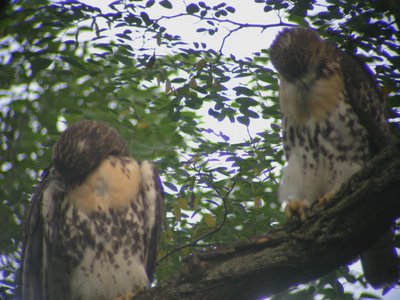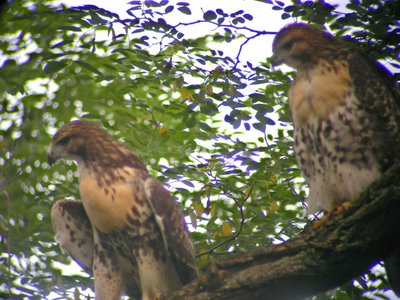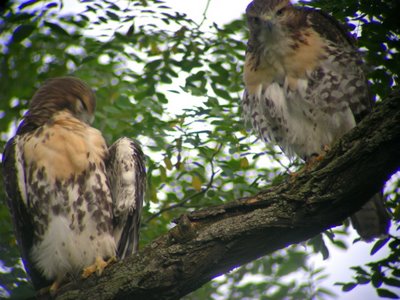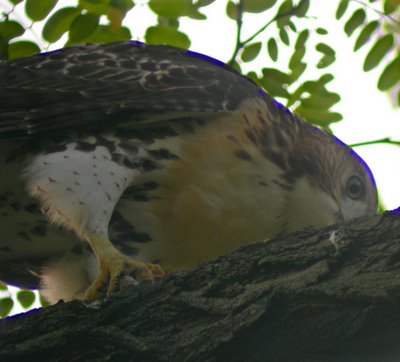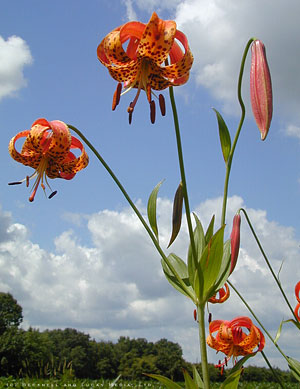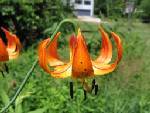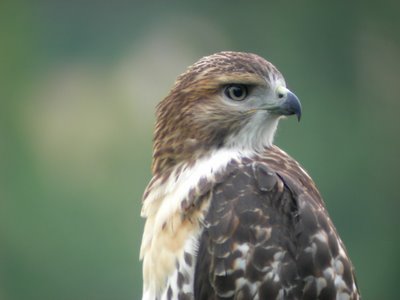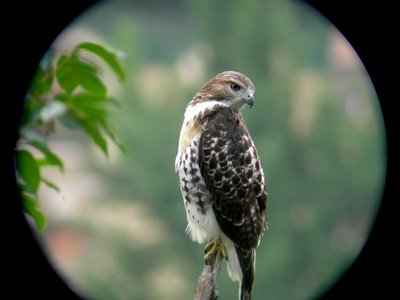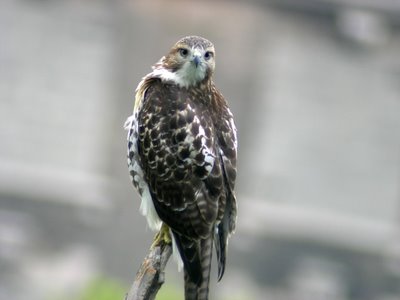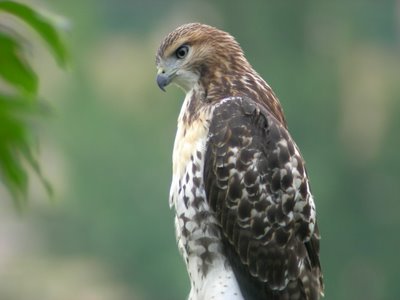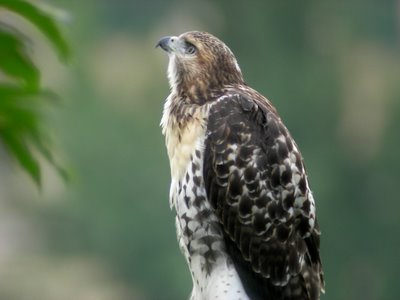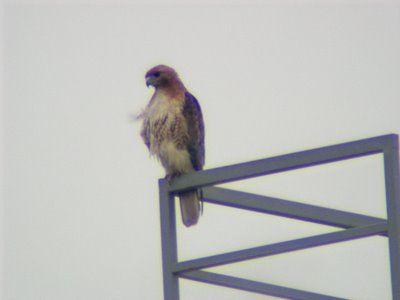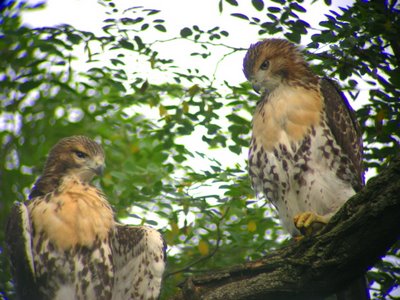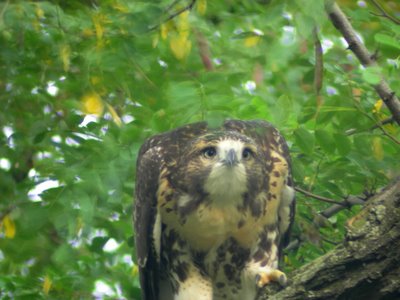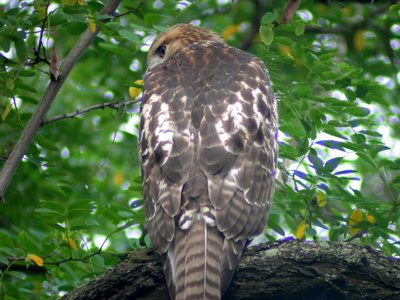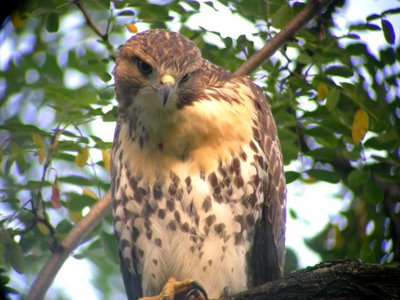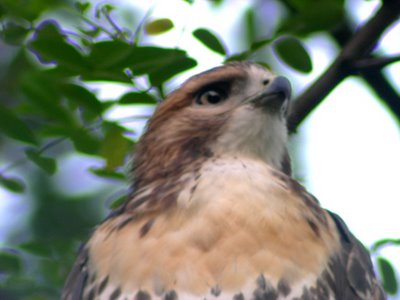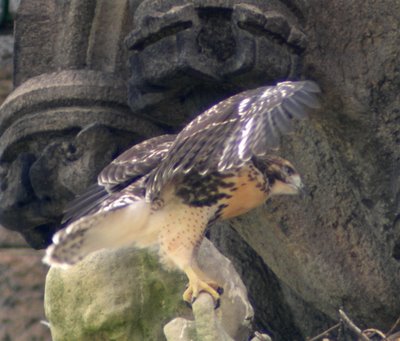
Bird Park Roses Photograph by D.B.
(I'd suspected there might be some hard wiring going with map-reading and being able to do more than one thing at a time, and the article below rather supports that notion. D. B.)
Why women are worse at map-reading than men but more women can multi-task.
by ROBIN YAPP, Daily Mail
Men frequently despair at women's map-reading skills - or rather their lack of them.
Now scientists believe they have pinpointed the reason for these long-standing conflicts between the sexes.
Researchers say it is all down to differences in the reliance of the sexes on either grey matter or white matter in their brains to solve problems.
They found that in intelligence tests men use 6.5 times as much grey matter as women do - but women use far more white matter.
Different pathways
Grey matter is a category of brain tissue crucial to processing information and plays a vital role in aiding skills such as mathematics, mapreading and intellectual thought.
White matter connects the brain's processing centres and is central to emotional thinking, use of language and the ability to do more than one thing at once.
Professor Rex Jung, a co-author of the study at the University of New Mexico, said: "This may help explain why men tend to excel in tasks requiring more local processing-like mathematics and mapreading, while women tend to excel at integrating information from various brain regions, such as is required for language skills.
"These two very different pathways and activity centres, however, result in equivalent overall performance on broad measures of cognitive ability, such as those found on intelligence tests."
Previous studies have shown that women have weaker spatial awareness than men, making it harder for them to read maps.
Brain map
For the latest study, published in the online edition of the journal NeuroImage, researchers performed a series of scans on 26 female and 22 male volunteers using magnetic resonance imaging equipment.
Their brains were scanned while they carried out tests to assess their intelligence. Researchers then created a map of a single brain showing the varying levels of activity in the brains of men and women.
The researchers found that on average men used approximately 6.5 times as much of the brain's grey matter as women did in performing the test. But when it came to white matter, women used around nine times as much as men did.
The researchers also found that nearly 90 per cent of both grey matter and white matter utilised by women in the tests were located in the brain's frontal lobes, which are central to emotion. The grey matter driving male intellect is distributed evenly throughout the brain.
"These findings suggest that human evolution has created two different types of brains designed for equally intelligent behaviour," said Professor Richard Haier, lead author of the study.
.

My hawkwatching was curtailed today due to Steward obligations at the Hell's Kitchen Bird Park. A pocket bird sanctuary and migration stop for those birds who can't quite make it to Central Park on any given day, located on 39th St. between 9th and 10th Ave.
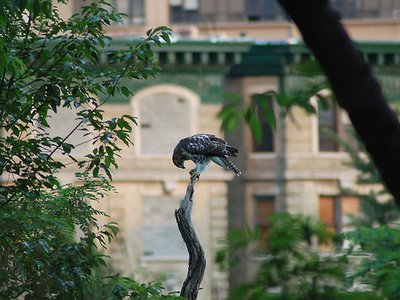
Photograph by today's only known Fledge Follower, Robert Schmunk.
http://bloomingdalevillage.blogspot.com/2006/07/hawkwatching-july-7.html
